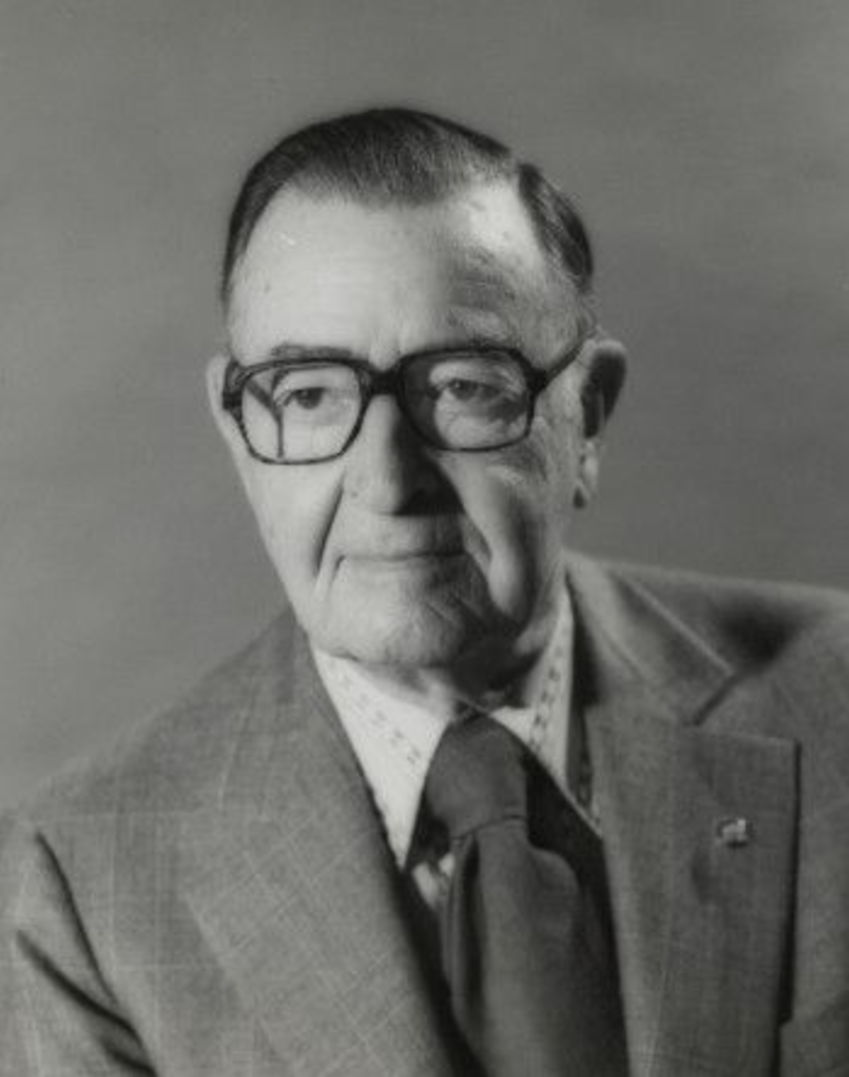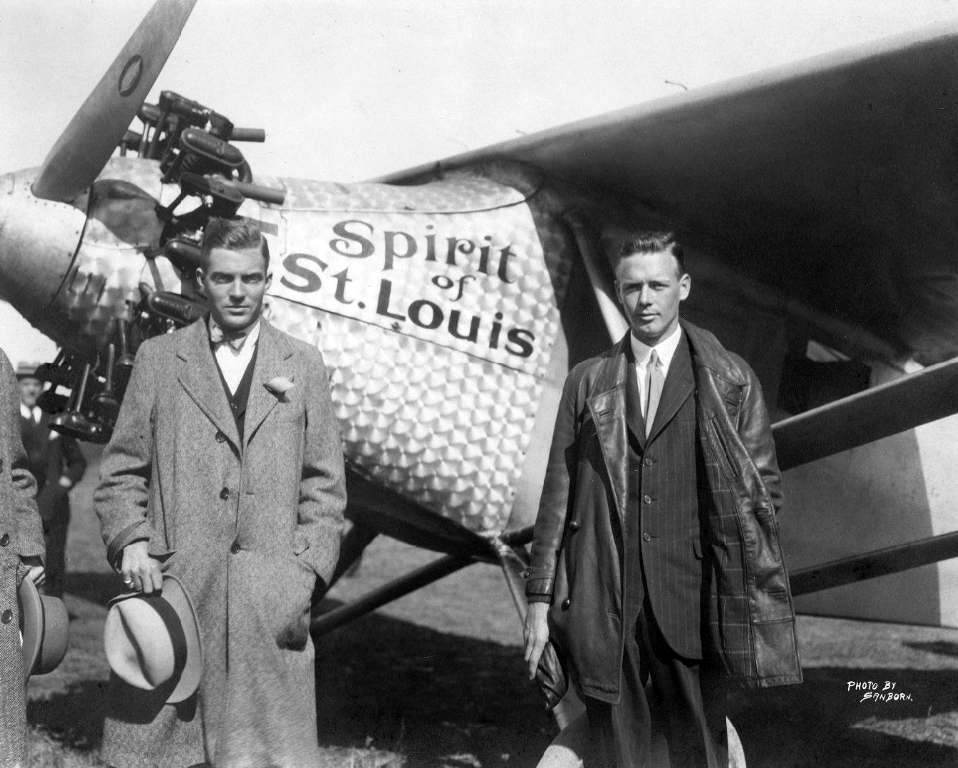On June 2, 1977 staff from the Hagley Library recorded an interview with Mr Willard Wilson. The interview with Wilson, delved into a career in communications that spanned a period that covered the early history of wireless telegraphy, radio, and moving pictures. The interview is one of over 200 available online in the Hagley Digital Archives from a collection about work and daily life in the Brandywine Valley during the first half of the twentieth century.
While many of the interviews focus on typical life and work in northern Delaware, Wilson’s is different. An early adopter of technology made him a communications pioneer and put him at the leading edge of developments in broadcasting.

Among the highlights of his interview include a description of Wilson’s work experience as an operator at one of Wilmington’s first wireless telegraph stations and his job as a wireless operator aboard ships for the Marconi Company.
After working aboard ships in WWI, Wilson returned to Wilmington where his skill as a wireless operator evolved into a career in radio. He started the first radio station in the city out of his home on Adams Street. The station, with the call letters WHAV, eventually moved to a professional space in the Industrial Trust Building on Orange Street. The station later changed its call letters to WDEL and is still in business today.
Wilson's memories of early radio offer rare insights into the nascent technology before today's established standards of broadcasting, like regularly scheduled programming.
In the 1977 interview, he said this of his early days operating the station:
...Well, we went on the air right from my home - my parlor was the studio. I used to have George Madden and George Kelly and they'd bring the band right in there in the living room and make more darn noise through the whole neighborhood ....
...It was in '22 or '23 when it was officially started. I was the announcer and the entertainer. I played the piano and announced and I was the chief engineer -- I was a one-man radio station in those days....
...I think we were just on [the air] a couple of hours in the afternoon. maybe a couple of hours in the evening . Then, in the late twenties we signed off for the summer...
...We were commercial then but there was very little business in those days. In fact, I remember one time I solicited business around commercially. We had the big sixteen inch records of Amos 'N Andy when they first started, and I contacted a number of firms in Wilmington to sponsor Amos 'N Andy, but I couldn't find anybody that would sponsor them....

In addition to building and operating a radio station, Wilson played the piano for silent films in the city, improvising to match the action on screen. He also owned a 16mm film camera which he used to document happenings in Wilmington. One of the events he documented was Charles Lindbergh’s visit to the city in 1927.
Recently, Lisa Kruczek in Hagley’s Audiovisual and Digital Collection Department synced a digital copy of the film with portions of the interview where Wilson described the visit from the historic aviator. Watch the film of Lindbergh below and listen to Mr. Wilson’s interview in its entirety here.
Kevin Martin is the Andrew W. Mellon Curator of Audiovisual Collections & Digital Initiatives at the Hagley Museum & Library.
